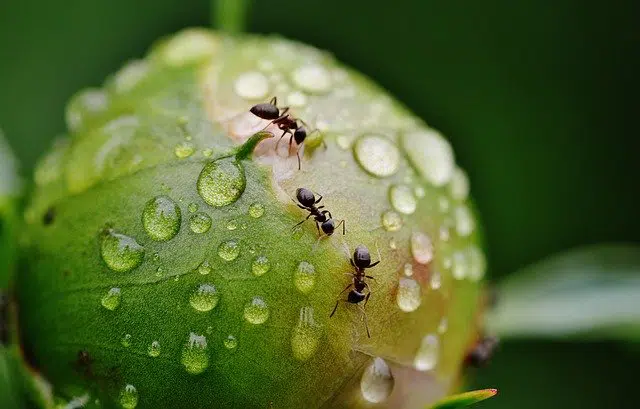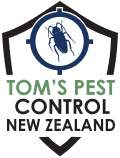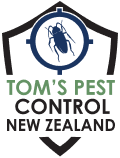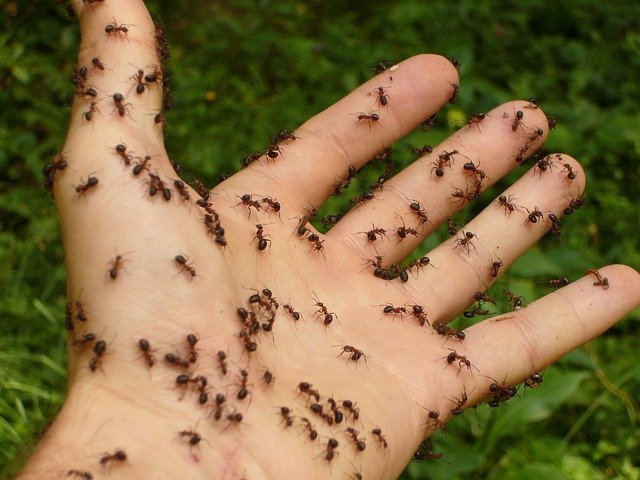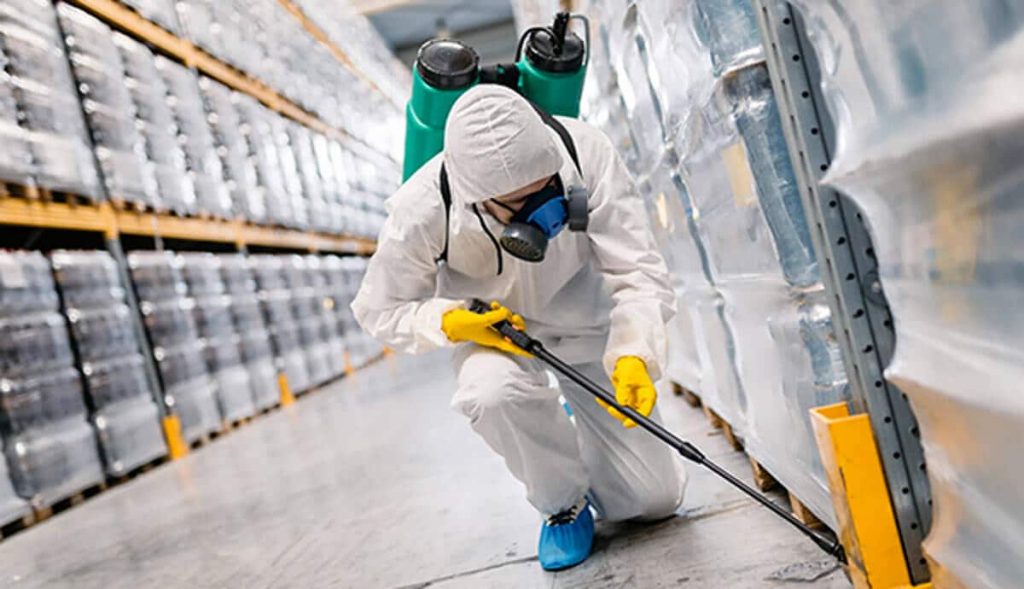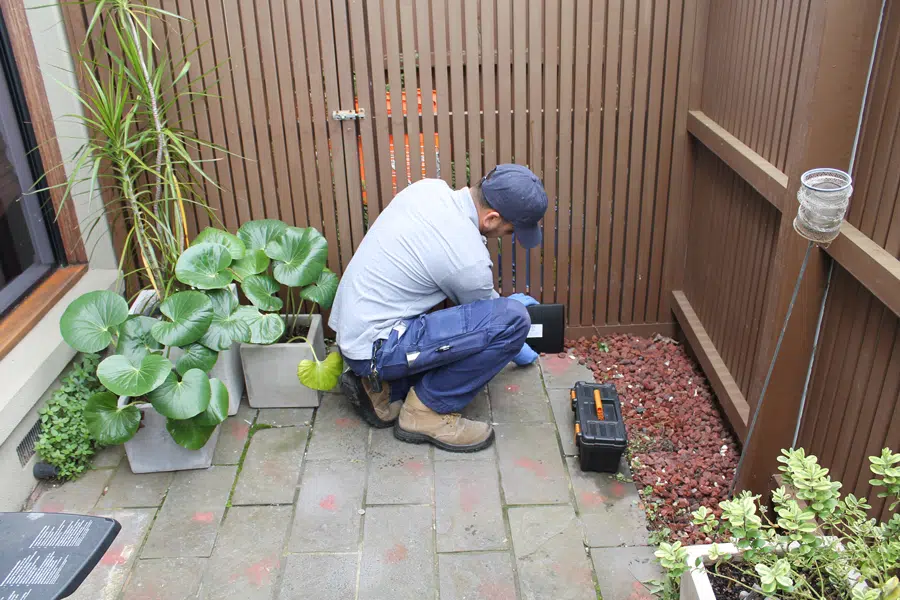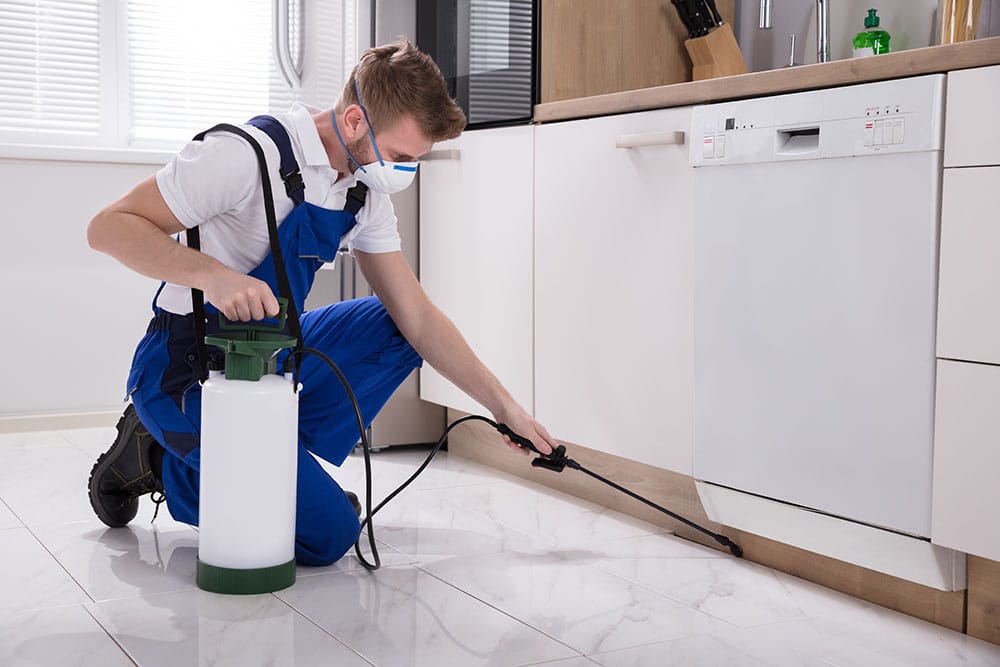Fly Control New Zealand
Flies don’t attack you. However, they are harmful to your health because of their ability to carry and spread various diseases. If you have observed many flies on your property, you know it is time to call an expert.
Flies are attracted to organic matter, decaying vegetables, and stagnant water. Even the aroma of dishes you are cooking can attract flies from up to 50 meters. Depending on the wind flow, flies may travel several kilometres. Flies are these annoying pests that are present almost everywhere.
At Tom’s Pest Control New Zealand, we offer customised fly removal solutions that are carried out carefully using state-of-the-art, efficient, safe, and safe application methods. While flies may not harm you or your family directly, removing them from your property as soon as possible is essential to avoid the transmission of diseases through them.
